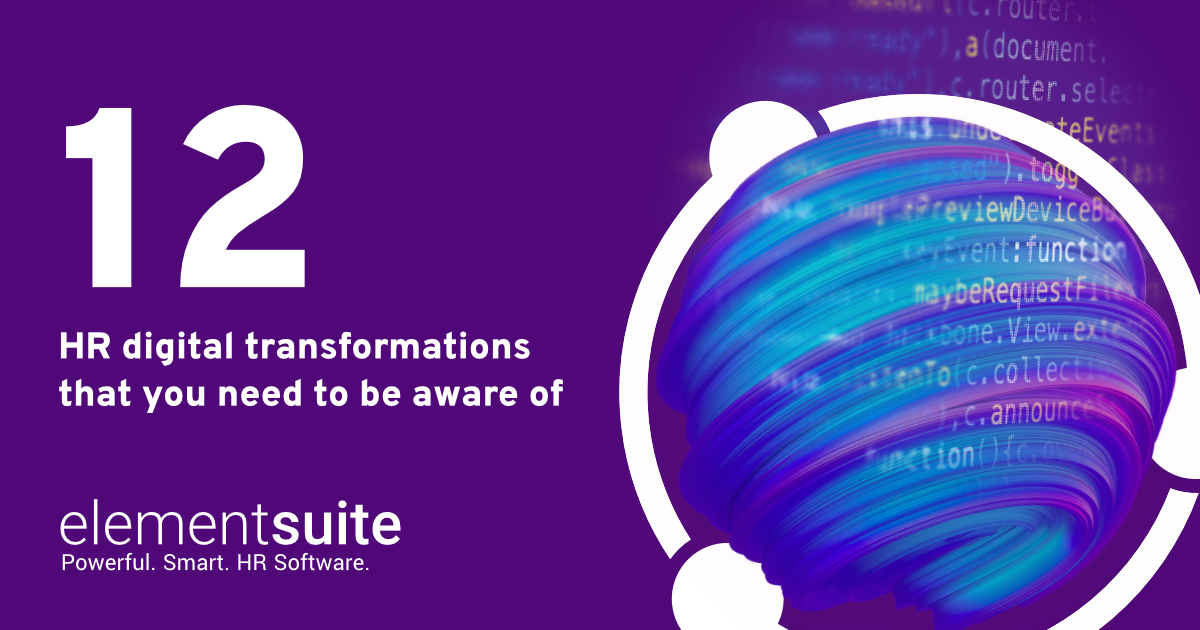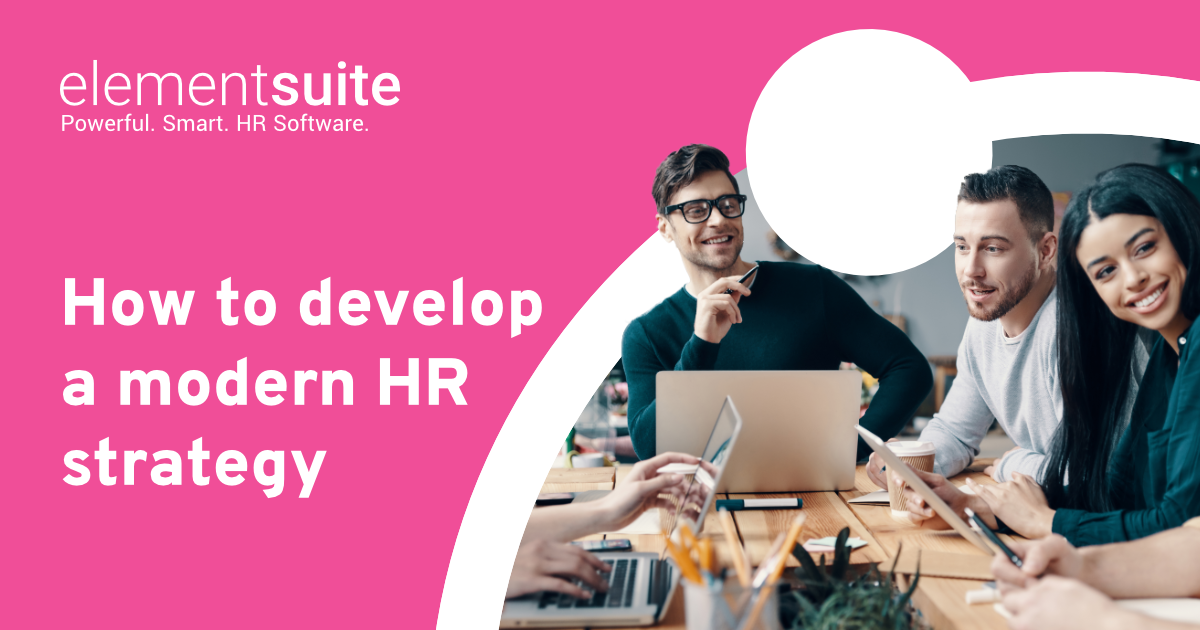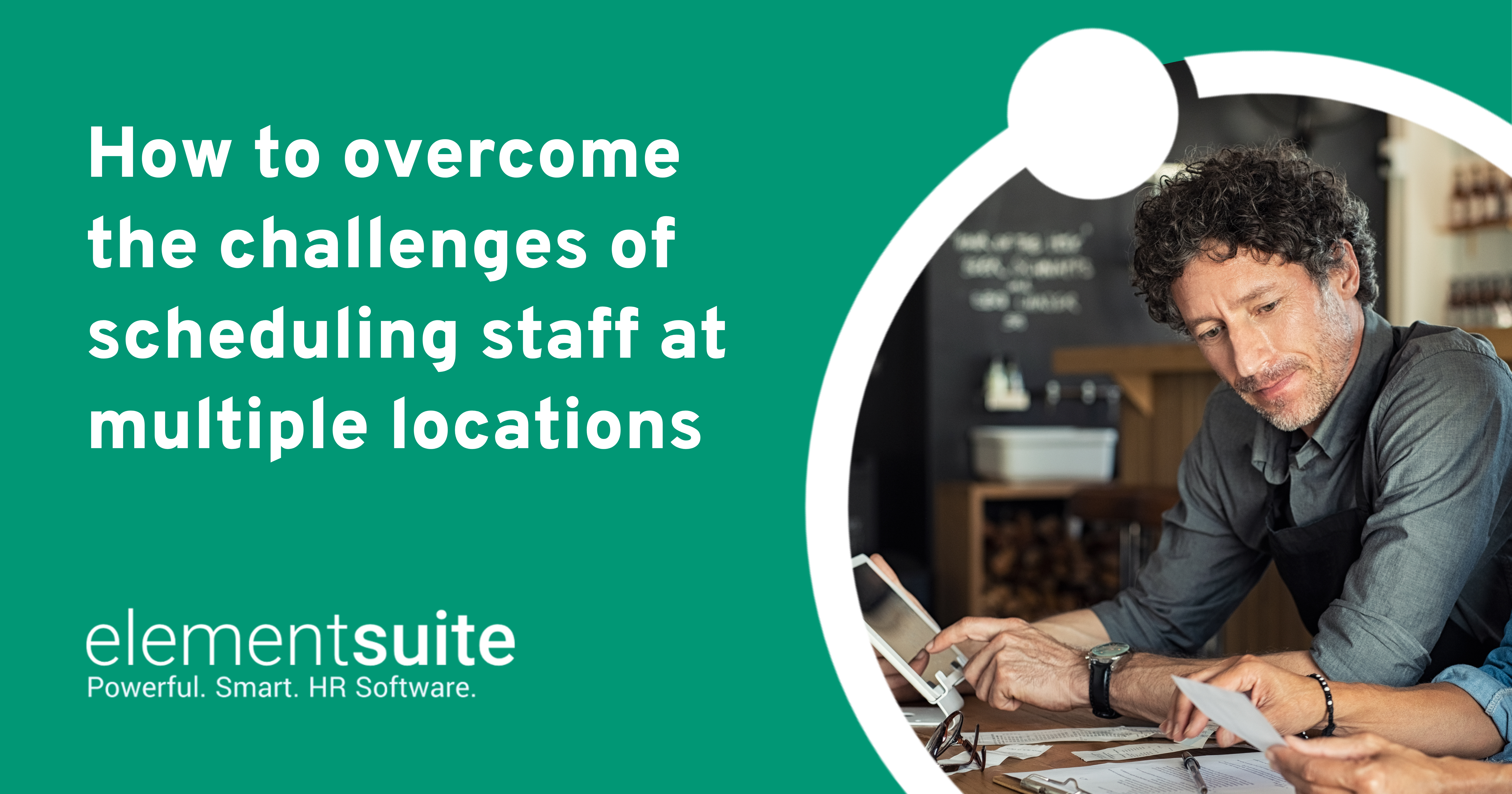It’s safe to say that the world as we know it is going through a digital transformation. From how we communicate to how we work, technology is revolutionising every aspect of our lives. Let’s not forget that with Generative AI and Large Language Models (LLMs) at our fingertips, the possibilities for innovation and growth are endless.
Research from Statista shows that by 2026, global digital transformation spending will reach 3.4 trillion U.S. dollars.
According to Gartner, 91% of businesses are engaged in some form of digital initiative, and 87% of senior business leaders say digitalisation is a priority. And with 70% of organisations admitting to having maintained or increased investment in HR tech in 2023, it’s clear that digital transformation in HR is a key focus for businesses across the globe.
But just because digital HR transformation is the buzzword of the post-COVID-19 pandemic era, it doesn’t mean you can just jump on the newest and shiniest object and call it a day. Instead, true digital transformation requires intentional and strategic adoption of tools and technologies that align with your business goals.
So, in this article, we will take a closer look at 12 examples of digital transformation in HR to better understand how technology is advancing the field.
AI-powered recruitment
Let’s start with AI-driven recruitment tools. According to PwC’s report on the Future of Recruiting Survey, 49% of job applicants reject job offers due to a poor interview experience. This is where streamlined hiring through recruitment tools powered by AI comes into the picture.
These tools use advanced algorithms to streamline the candidate selection process by sourcing, screening, and ranking applicants. By removing human biases, these tools ensure a fair and efficient hiring process while providing real-time responses to candidates, improving their overall experience.
However, while AI recruitment tools are not a substitute for human decision-making, they can significantly reduce the time and effort spent on recruitment and improve the quality of hires. So, if you are finding that your recruitment process is taking up too much time and resources compared to your competitors (see our HR Metrics that Impact Report to benchmark your performance), it may be time to consider adopting AI-powered recruitment tools.
Employee self-service (ESS) portals
According to a McKinsey study, employees spend nearly an entire day per week looking for company information, including basic HR information and benefit access such as:
“How much vacation time do I have?”
“Who do I alert when I need to be out sick?”
“How can I get a copy of my payslip from two years ago?”
By implementing ESS portals, you can save your employees time and frustration by giving them instant access to the necessary information. But it’s not just about convenience. ESS portals help reduce the administrative burden on HR teams, freeing up their time to focus on more strategic tasks. And with features such as digital signatures and document storage, these platforms can also streamline processes like employee onboarding and performance reviews. It’s a win-win for both employees and HR.
HR chatbots and virtual assistants
Another technology that is gaining popularity in the world of HR is chatbots and virtual assistants. These AI-driven tools can answer employee inquiries, automate routine tasks, and provide relevant information through conversational interfaces.
For instance, ELLA, (elementsuite Large Language Model) makes it easier for employees and HR professionals to get the information they need quickly. Plus, chatbots and virtual assistants can be available 24/7, improving the overall employee experience and increasing efficiency.
Essentially, they are your HR team’s 24/7 digital assistants, handling the repetitive and time-consuming tasks so that your HR team can focus on more meaningful work.
Remote work enablement
The COVID-19 pandemic triggered a seismic shift in the way people work, with many companies transitioning to remote or hybrid work models. While high-profile organisations like Twitter and Disney are mandating a return to the office, the hybrid work model is far from obsolete. In fact, research predicts that the trend towards hybrid and remote work is projected to surge in the coming five years.
This shift necessitates the implementation of remote work solutions such as virtual collaboration tools, Virtual Private Networks (VPNs), and remote work policies to ensure teams can work together seamlessly from anywhere in the world.
Digital learning and development
With the World Economic Forum highlighting that 44% of individual worker skills will need to be updated by 2027, it’s needless to say that continuous learning and development are essential for the upskilling and growth of your workforce. However, with the rapid pace of digital transformation, traditional training methods such as in-person workshops may no longer suffice. Instead, digital learning has become the new norm.
Digital learning offers a wide range of benefits, such as flexibility, scalability, and accessibility for employees to learn at their own pace and on the go. Plus, features like gamification and interactive content make learning more engaging and effective. So, investing in digital learning programs is a must if you want to stay ahead in your industry.
Performance management software
Can you genuinely say that employees or people managers enjoy the traditional performance review process? The answer is probably a resounding NO.
Why? Because traditional methods of performance management are often time-consuming, subjective, and have limited data to support evaluations. But with digital performance management software’s, this process can be transformed into a more transparent, objective, and data-driven one.
These tools allow setting goals, tracking progress, and analysing performance data, providing a more comprehensive and accurate evaluation of employee performance. Plus, with features like 360-degree feedback mechanisms, these tools promote a culture of ongoing development and growth. Not to mention, they also save valuable time and resources for both employees and HR professionals.
Data-driven employee engagement
Employee engagement is critical for an organisation’s success, but it can be challenging to measure and improve.
Fortunately, integrating AI and data analytics into HR processes makes this challenge more manageable. Data-driven engagement involves collecting and analysing data on various aspects of the employee experience, from communication and collaboration to recognition and career development, to gain insights into what drives engagement in your workforce.
For example, AI-driven survey tools can collect real-time employee feedback at different stages of an employee’s lifecycle, providing valuable insights to HR teams to help gauge employee satisfaction and develop personalised retention strategies. It’s an effective way to create more data-backed employee engagement initiatives and ultimately create a more motivated and committed workforce.
Diversity and inclusion analytics
Diversity and inclusion (D&I) has become a crucial aspect of organisational culture in recent years, and for good reason. Research has shown that diverse and inclusive workplaces lead to better business outcomes, such as increased innovation and improved financial performance.
But how do you know if your D&I efforts are making an impact?
By implementing diversity and inclusion analytics specifically designed for measuring workplace equity and inclusion, you can gain insights into your organisation’s D&I progress. These analytics tools collect data on employee demographics, salary distribution, and other key factors to identify areas for improvement and track progress over time. It’s a critical step towards creating a more diverse and inclusive workplace, which is essential for organisational success in the digital age.
Predictive HR analytics
Descriptive analytics may tell you what happened, and diagnostic analytics may tell you why it happened, but predictive HR analytics can tell you what will happen.
Just imagine what you could do with a crystal ball that could predict future employee turnover, identify potential skills gaps, and inform talent management and workforce planning decisions. Well, predictive HR analytics can provide you with just that.
With machine learning and AI technologies, these tools can forecast future trends in your workforce to help you make more informed and strategic HR decisions. It’s a game-changer for HR professionals looking to proactively address potential issues before they become bigger problems.
Employee wellbeing initiatives
With all the black swan events that we have experienced over the past few years, employee well-being has taken centre stage, with an increased emphasis on mental health support and work-life balance. However, with hybrid teams and employees scattered across different time zones, ensuring employee well-being can be challenging for HR professionals.
However, thanks to the creation of virtual wellness programs and mindfulness apps, various digital tools are available to support employees in managing stress, improving their overall well-being, and increasing productivity.
Such initiatives might include digital counselling platforms that provide confidential, professional guidance for employees dealing with personal or work-related problems. Or they might be as simple as wellness apps that encourage physical activity, offer mindfulness exercises or help with sleep hygiene. Either way, by implementing such initiatives, organisations can foster a healthier and more productive work environment for their employees.
HR cloud solutions
According to Fortune Business Insights, the 2021-2028 period will make the global market for cloud storage worth more than $390 billion. And it’s not hard to see why – these systems offer scalability, accessibility, and security, making them the preferred choice of many businesses.
HR cloud solutions provide a centralised platform for all HR processes, from recruiting and onboarding to payroll and benefits administration. This eliminates manual data entry, reduces human error, improves data accuracy, and streamlines HR workflows. Plus, with the ability to access data remotely from any device, these solutions enable organisations of all sizes to embrace digital transformation and stay competitive in the modern business landscape.
Robotic process automation (RPA) in HR
This eludes to the final digital HR transformation example: robotic process automation (RPA). RPA is the use of software robots to automate repetitive, manual tasks. In HR, this can include payroll processing, data entry, compliance tracking, and more.
In essence, this is a godsend to every HR professional on the planet. It frees up valuable time and resources, enabling HR teams to focus on more strategic tasks that add value to the organisation. RPA also reduces human error, ensures consistency, and lowers costs associated with repetitive tasks.
It’s a win-win for both HR teams and the organisation as a whole.
Embracing the digital future of HR
As the digital age continues to evolve, organisations must embrace change and adapt their HR processes to stay ahead of the game. However, digital transformation is not a one-size-fits-all approach – it’s about understanding your organisation’s needs and leveraging technology to drive business success.
elementsuite is here to support you on this journey by providing an all-in-one HR enterprise software to help you optimise your HR processes and make data-driven decisions.
So don’t get left behind in this ever-changing digital landscape – start your digital HR transformation today with elementsuite. Book a demo to learn more about how we can help your organisation thrive in the digital era.
Useful resources
elementsuite launches ELLA: Pioneering AI technology in HR Software
HRDs’ guide to successful software implementation – Part 1: Identifying Your Requirements
Brave New HR World – what are HR roles going to look like in a few years?




